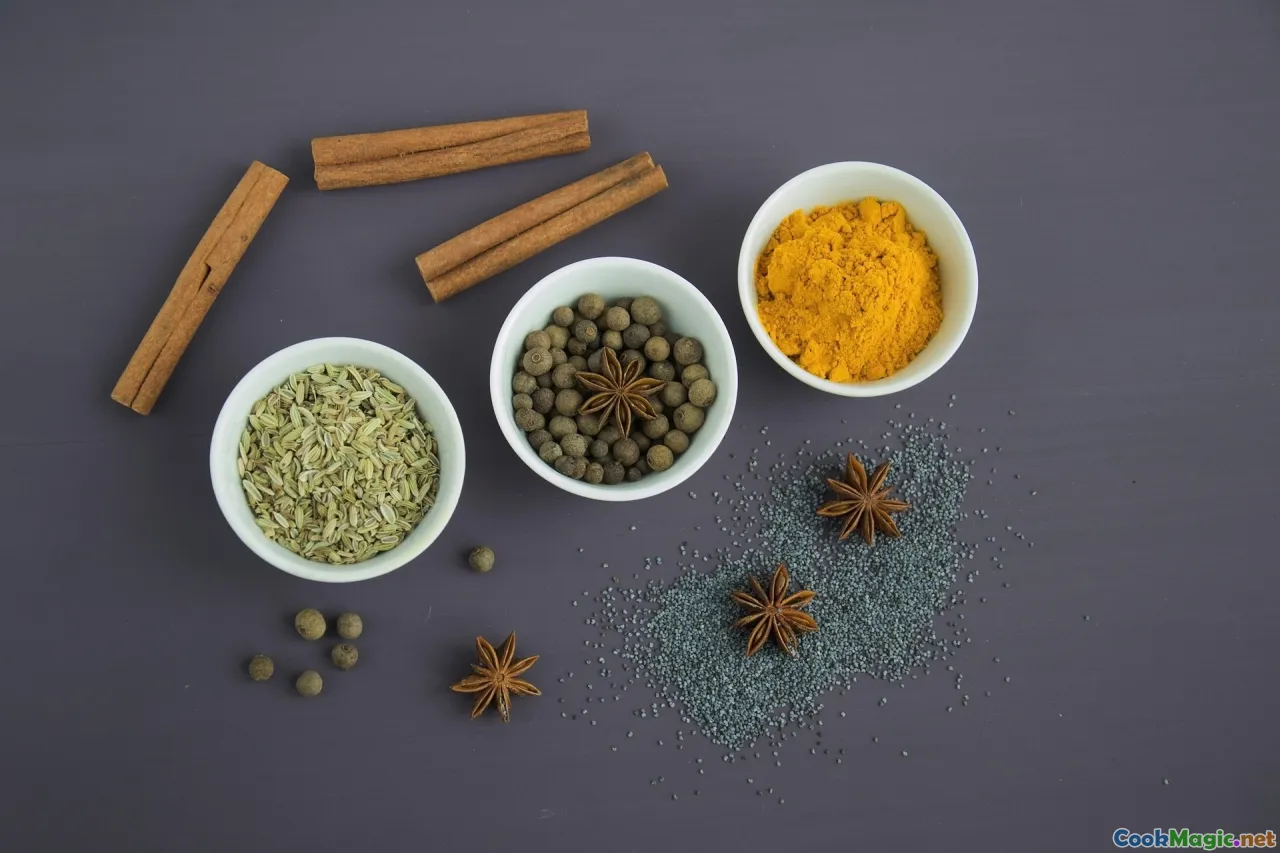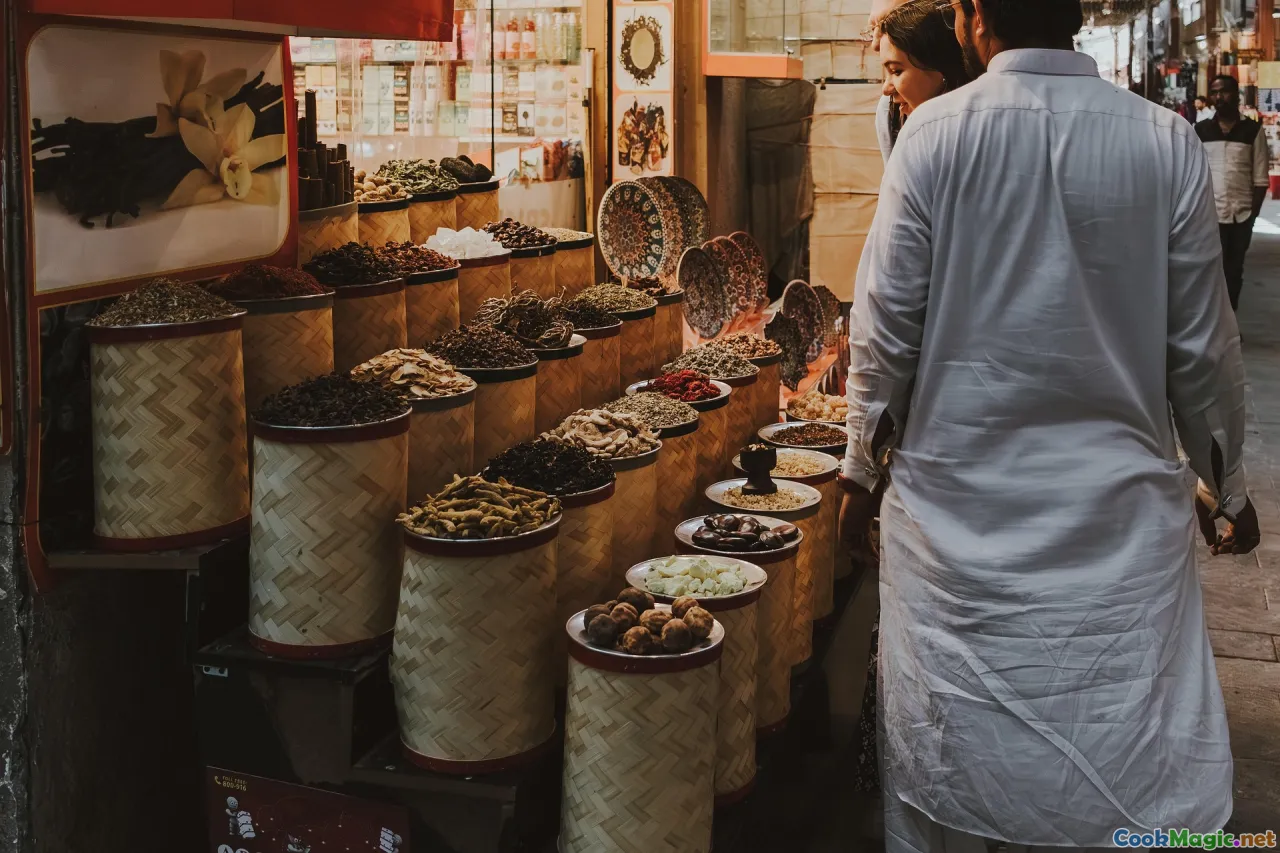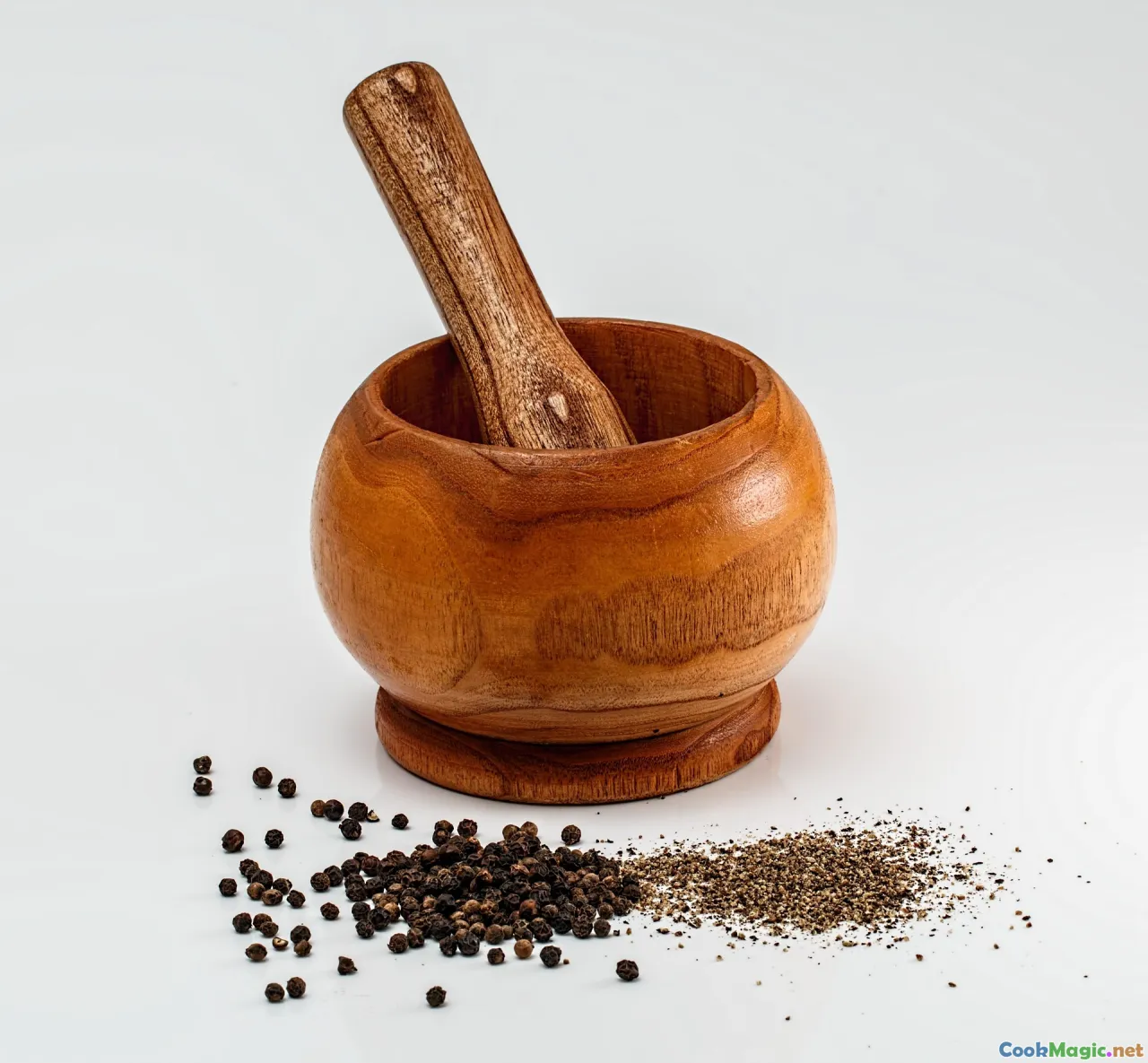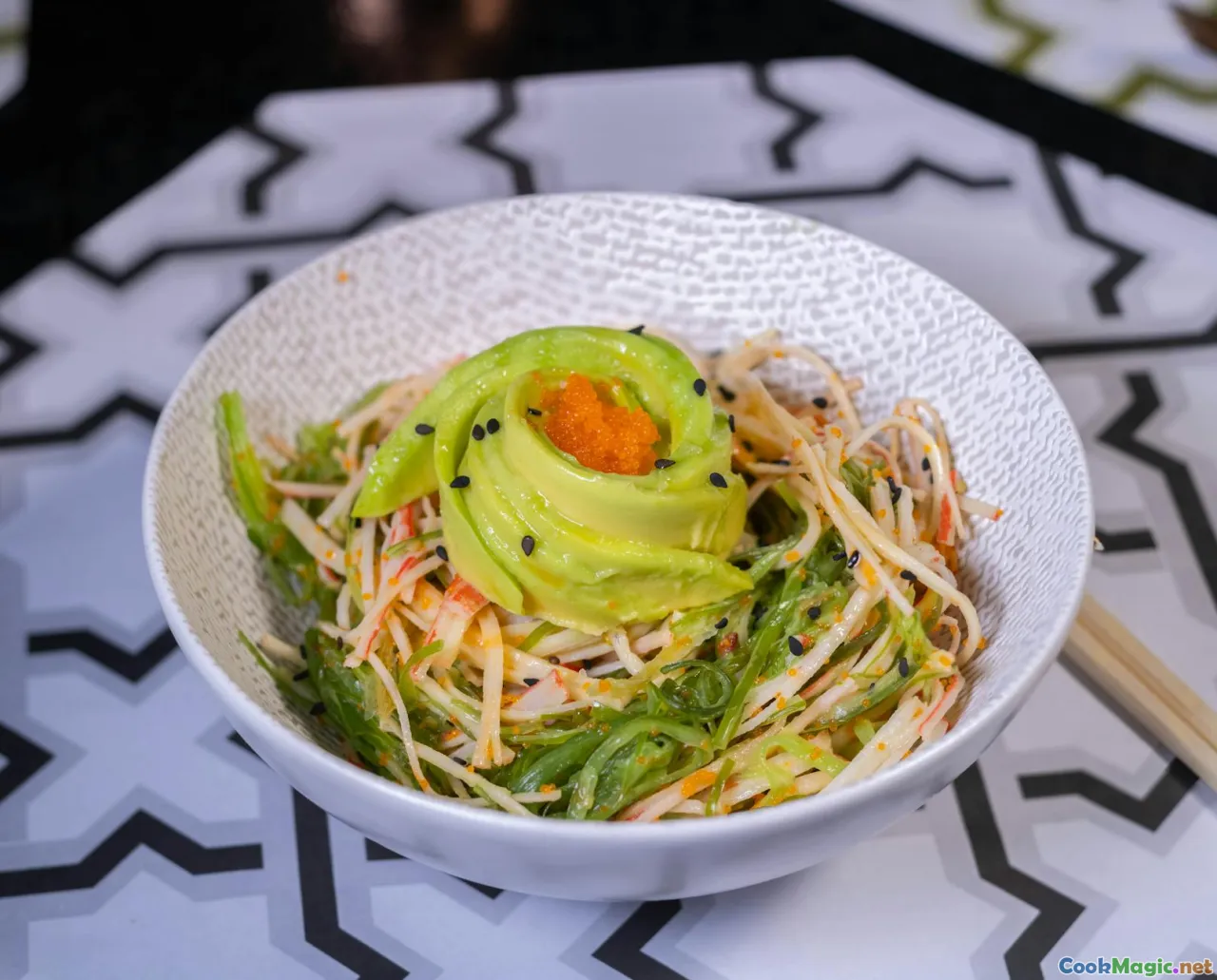Decoding the Spices in Cape Malay Cuisine
10 min read Explore the vibrant spices that define Cape Malay cuisine and their cultural significance in South African culinary traditions. August 15, 2025 06:05
Decoding the Spices in Cape Malay Cuisine
Stepping into the vibrant world of Cape Malay cuisine is like embarking on a sensory voyage through history, culture, and the soul of Cape Town itself. The fragrant air heavy with aromatic spices, the vivid colors of simmering stews, and the sweet whispers of baked treats tell stories that span centuries. This cuisine, born from the crossroads of Indonesian, Indian, Malaysian, Dutch, and Malagasy influences, embodies a harmonious symphony of flavors that evoke warmth, nostalgia, and adventure.
Whether you’re a seasoned chef eager to unlock traditional secrets or a culinary explorer seeking new tastes, understanding the spices that define Cape Malay dishes is key to truly appreciating their richness. Let’s decode the aromatic alphabet of this captivating cuisine—delving into its history, components, and the cultural melodies woven through every bite.
The Cultural Tapestry of Cape Malay Spices

Cape Malay spices are not just ingredients; they are living echoes of centuries of migration, trade, and adaptation. Settlers and traders brought their spice palettes to the Cape, blending with local ingredients to craft dishes that mirror a history of resilience and fusion. The spice blends are carefully curated, often handed down through generations, embodying stories of distant lands arriving on South African shores.
In Cape Town’s colorful Bo-Kaap neighborhood, vibrant houses and the sounds of bustling markets set the stage for discovering these spices firsthand. Vendors heap fragrant mounds of cumin, turmeric, and coriander, alongside less familiar notes like cardamom and cloves. These spices, while familiar in many Asian and Middle Eastern cuisines, take on new life in Cape Malay cooking—balancing sweet, sour, earthy, and pungent elements to create complex, comforting flavors.
A Deep Dive into Core Cape Malay Spices

Understanding Cape Malay cuisine begins with its foundation: the spices. The crucial ones include turmeric, cumin, coriander, cinnamon, cardamom, cloves, allspice, and expressed features like apricot or prunes used in spice-infused fruit preserves.
Turmeric
Recognizable by its brilliant golden hue, turmeric lends an earthy warmth to Cape Malay dishes. It’s often the first splash of color in curries, rice dishes, and stews, imparting a subtle bitter earthiness and a gentle bitterness that complements the sweetness of dried fruits.
Cumin
Cumin provides a nutty, warm aroma that acts as a backbone for many dishes. Its toasted notes bring depth when added to spice blends or used as a grounding element in curries and oily marinades.
Coriander
Sweet and citrusy-wise, coriander seeds offer a fresh, lemony brightness that balances richer spices. Their ground form enhances the complexity of chutneys, pickles, and hot sauces—cutting through the richness with zest.
Cloves and Allspice
Notes of warmth and spice punch through many Cape Malay baked goods and marinades. Cloves reveal themselves with a pungency that warms the senses, often combined with cinnamon and cardamom for seasons of comfort.
Cinnamon and Cardamom
These spices lend sweetness and floral notes; cinnamon imparts a nostalgic aroma, while cardamom introduces a complex, herbal spice that elevates both savory and sweet profiles.
In essence, these spices are the melodic voices in a culinary choir, each bringing its own character to create dishes that feel like warm embraces.
How to Build Authentic Cape Malay Spice Blends

While many Cape Malay recipes call for specific spice blends, making your own at home bridges the gap between cultural appreciation and culinary mastery. Here’s a straightforward approach:
Step 1: Gather Fresh and Whole Spices
Opt for whole spices—they have more flavor and aroma than pre-ground versions. Cumin seeds, coriander seeds, cloves, cinnamon sticks, and cardamom pods form the base.
Step 2: Toast for Aroma
Lightly toast the spices in a dry skillet over medium heat until fragrant, about 2-3 minutes. This step releases essential oils, intensifying the flavor.
Step 3: Grind with Mortar and Pestle
Using a mortar and pestle or spice grinder, pulverize the toasted spices into a fine powder. This preserves the oils and maximizes flavor.
Step 4: Mix and Store
Combine your ground spices with other ingredients like turmeric and allspice. Store in an airtight container away from sunlight.
Sample Spice Blend: Cape Malay Curry Powder
- 2 tbsp coriander seeds
- 1 tbsp cumin seeds
- 1 tsp cloves
- 2 cinnamon sticks (crushed)
- 1 tsp cardamom pods
- 1 tbsp turmeric
- 1/2 tsp ground allspice
This blend adds authentic depth to your homemade curries, stews, or rice dishes.
Common Dishes That Showcase Spicy Complexity

Experiencing the spices in action makes their magic tangible. Here are some iconic Cape Malay dishes, each highlighting key spice combinations:
Bobotie
A savory baked dish combining minced meat with a spiced custard topping infused with turmeric, cumin, and curry powder, topped with shiny, sweet-sour chutneys and often garnished with bay leaves. The balance of sweetness, sourness, and heat encapsulates Cape Malay’s flavor philosophies.
Curry and Bredies
Hearty stews simmered with a fragrant spice base featuring cumin, coriander, and cinnamon, often incorporating dried fruits like apricots or prunes, creating a sweet-savory harmony that soothes the soul.
Sweeter Sweets: Koeksisters and Milk Tart
While not always spiced overtly, the sweet aroma of cinnamon and cardamom permeates their dough and custard fillings, whispering tales of colonial influence blended with local ingredients.
Chutneys and Relishes
Bright, spicy, and tangy, these accompaniments showcase ground coriander, chili, and ginger, offering a refreshing counterpoint to richer dishes.
Embodying Tradition While Innovating

Cape Malay cuisine remains populously rooted yet dynamically evolving. Modern chefs incorporate local ingredients, vegan adaptations, and international techniques while respecting traditional spice foundations. Chefs like Siba Mtongana are redefining classics with a contemporary twist, blending age-old spices in innovative ways.
For home cooks, experimenting with spice pairings—such as adding a hint of star anise or saffron—can elevate traditional recipes, turning comfort food into culinary art.
Practical Tips for the Curious Cook
- Always toast spices for maximum flavor
- Use fresh spices and grind as needed
- Balance spice quantities—less is often more
- Layer spices gradually during cooking
- Incorporate dried fruits or nuts for texture and sweetness
- Experiment with making your own spice blends for personal signature dishes
By embracing the intoxicating world of Cape Malay spices, you connect not just to flavors but to a history of resilience, adaptation, and joyful expression. These spices aren’t simply ingredients—they are the pulsating heart of Cape Malay culinary identity, whispering stories and inviting exploration in every bite.
May your spice journey be fragrant, fiery, and profoundly flavorful, inspiring you to craft dishes that honor tradition while spicing up your kitchen adventures.









